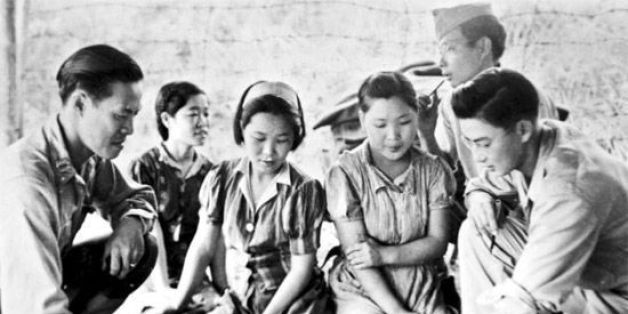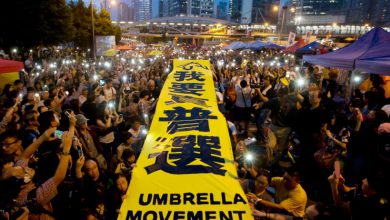AllAsia and OceaniaOngoing
Seoul, Tokyo to Convene on Korean Comfort Women Funding
The South Korean Vice Foreign Minister is set to visit Japan and discuss the “final and irreversible” 2015 Comfort Women Agreement. Korean Comfort Women served the Japanese Imperial Army during World War II.

The 1 billion yen fund bilaterally agreed upon by South Korea and Japan will be discussed in an upcoming meeting between officials from both countries. The deal, reached by Japanese Prime Minister Shinzo Abe and ex-President Park Geun-hye aimed to solve the issue of Korean Comfort Women finally and irreversibly. The agreement included an official apology from the Japanese Prime Minister. Earlier this year, Kang Kyung-wha – the Korean Foreign Minister – agreed to match the 1 billion yen alongside the funds provided by Tokyo under the 2015 agreement.
Who were Korean Comfort Women?
Korean Comfort Women were those conscripted into sexual servitude by the Japanese Imperial Army during World War II. During the War, Japan occupied several countries in East and Southeast Asia including Korea, the Philippines, Malaysia and Manchuria. Women from these countries served in brothel-like systems called comfort stations, where they served Imperial soldiers. Before the war, Japan had a long history of using brothels to quell anxieties and prevent mass wartime rapes by soldiers.
Japan’s Apologies
Since Japan lost the war, the country has offered several apologies to respective governments and former comfort women alike. Most recently, the 2015 Comfort Women Agreement resolved the issue “finally and irreversibly,” with an official apology by the Japanese Prime Minister and the donation of 1 billion yen. The fund was aimed to help provide care for the now elderly surviving former comfort women. In the past, Japan has offered several apologies for their wartime transgressions.
In 1994, Japan founded the “Asian Women’s Fund” which aimed to compensate surviving comfort women in South Korea, the Philippines, Taiwan, the Netherlands and Indonesia. Approximately 600 million yen was donated by the Japanese government, and an additional 4.8 billion yen was donated from private Japanese citizens. Each former comfort women received a letter form the Japanese Prime Minister stating:
“As Prime Minister of Japan, I thus extend anew my most sincere apologies and remorse to all the women who underwent immeasurable and painful experiences and suffered incurable physical and psychological wounds as comfort women.”
The disbursement of funds was completed on March 31st, 2007 and the fund was subsequently dissolved.
Controversies over Korean Comfort Women
Japan and South Korea have had their fair share of controversy over the resolving of the comfort women issue. Most recently, Korean civil groups have erected a statue to memorialize Korean Comfort Women in the city of San Francisco. This move has triggered much international backlash, and the Mayor of Osaka, Japan subsequently cancelled a decades-long sister city relationship over its maintenance.
Many criticize the erection of the statue as an impediment to the goodwill between cities — and yes, even countries. The organization responsible for the planning and funding of the statue is a representative of the Korean population in the Bay area, many citizens took the initiative as “siding” with the Korean diaspora, regardless of ties both had forged over many years.
In the Philippines, a Comfort Woman statue was removed from the popular Roxas Boulevard. This was an attempt by officials in Manila to forge a good and productive relationship with Japan. The two countries are collaborating on agreements for common regional threats, including their exclusive economic zones and sovereignty over parts of the South China Sea.




